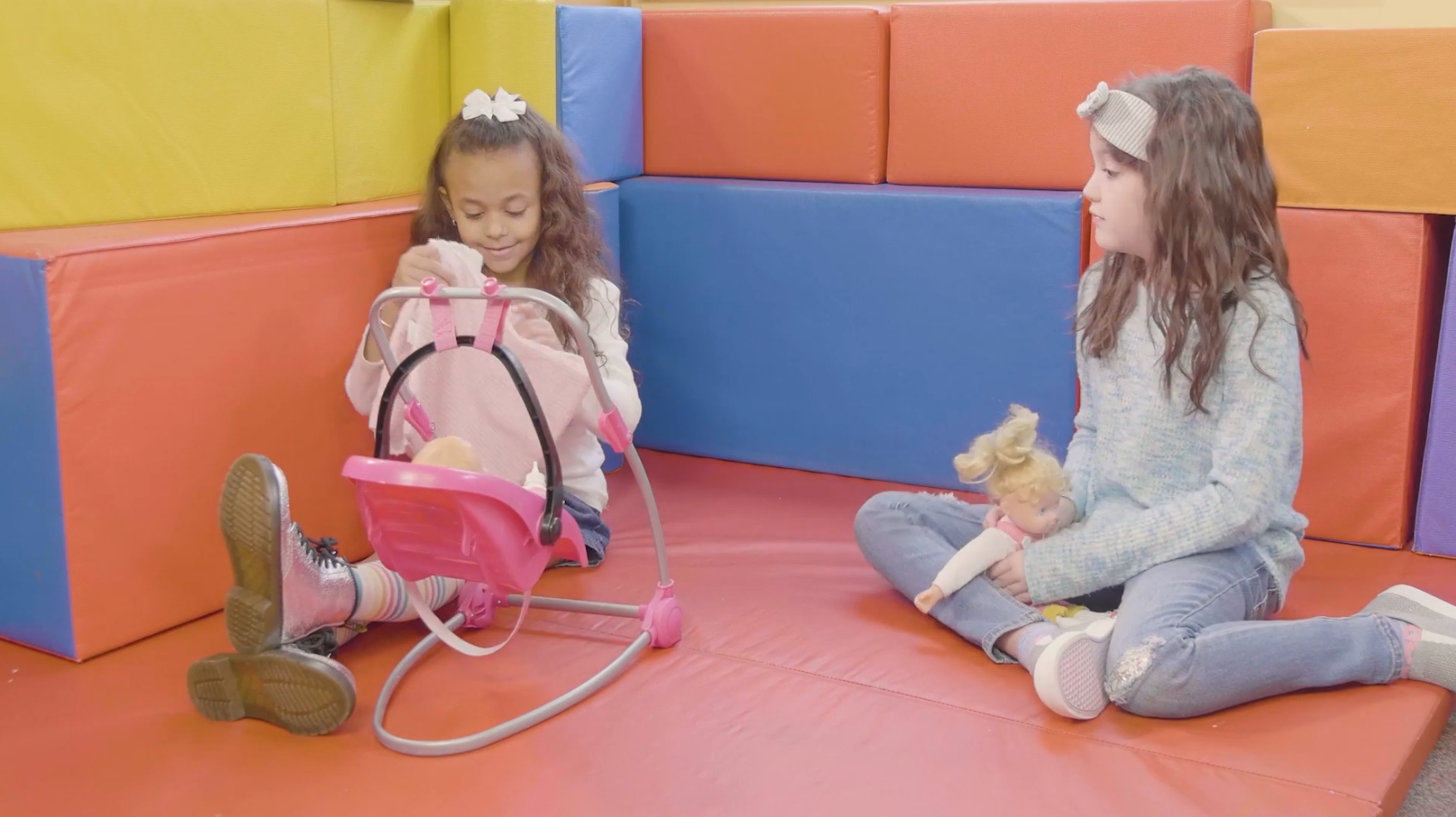
Introduction
As educators, we understand the importance of helping students transition smoothly between activities. It can be challenging for students to stop doing something they enjoy and move on to a new task, but it’s essential for their social-emotional development. In this blog post, we will discuss strategies for teaching students how to transition to new activities effectively. We will also provide a no-prep activity, discussion questions, and related skills to support students in developing these crucial abilities.
No-Prep Activity: The Freeze Game
This simple, no-prep activity encourages students to practice stopping and transitioning to a new task. To play the Freeze Game, have your students stand up and start dancing or moving around the room. After a short period, call out “Freeze!” and have the students stop immediately. After a few seconds, call out a new activity, such as “Jumping jacks!” or “Sit down and read quietly!” Encourage students to transition quickly and smoothly to the new activity. Repeat this process several times, varying the activities and the duration of each.
Discussion Questions
- Why is it important to transition smoothly between activities in the classroom?
- How do you feel when someone doesn’t listen and move on to a new activity with the rest of the group?
- What strategies can you use to help yourself transition more effectively between activities?
- How can we support our classmates in transitioning smoothly to new tasks?
- What are some challenges you face when transitioning to a new activity, and how can you overcome them?
Related Skills
Teaching students to transition smoothly between activities also helps develop other essential social-emotional skills, such as:
- Active Listening: Students need to pay attention and listen to instructions before moving on to a new task.
- Self-Regulation: Students must learn to control their emotions and behavior when stopping an enjoyable activity and starting a new one.
- Cooperation: Working together with classmates during transitions helps create a positive and supportive learning environment.
- Respect for Authority: Students must respect and follow the directions given by teachers and other adults in the classroom.
Next Steps
Helping students transition effectively between activities is an essential aspect of social-emotional learning. As educators, it’s crucial to provide ongoing support and guidance to ensure students develop these skills. To access free samples of social-emotional learning materials, including activities and lessons related to transitioning to new tasks, visit Everyday Speech’s Sample Materials. By incorporating these resources into your teaching, you can help students build a strong foundation for success in the classroom and beyond.

